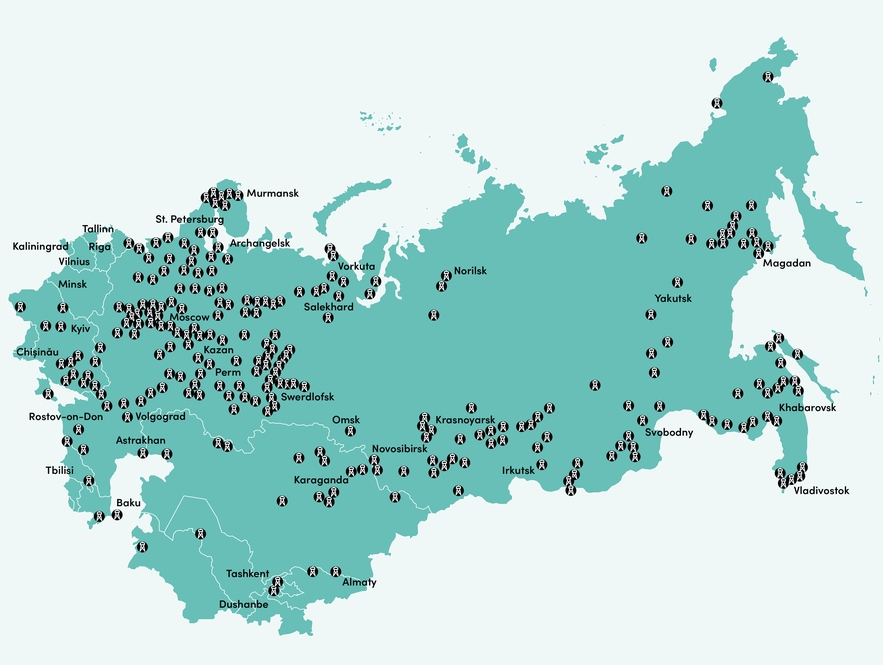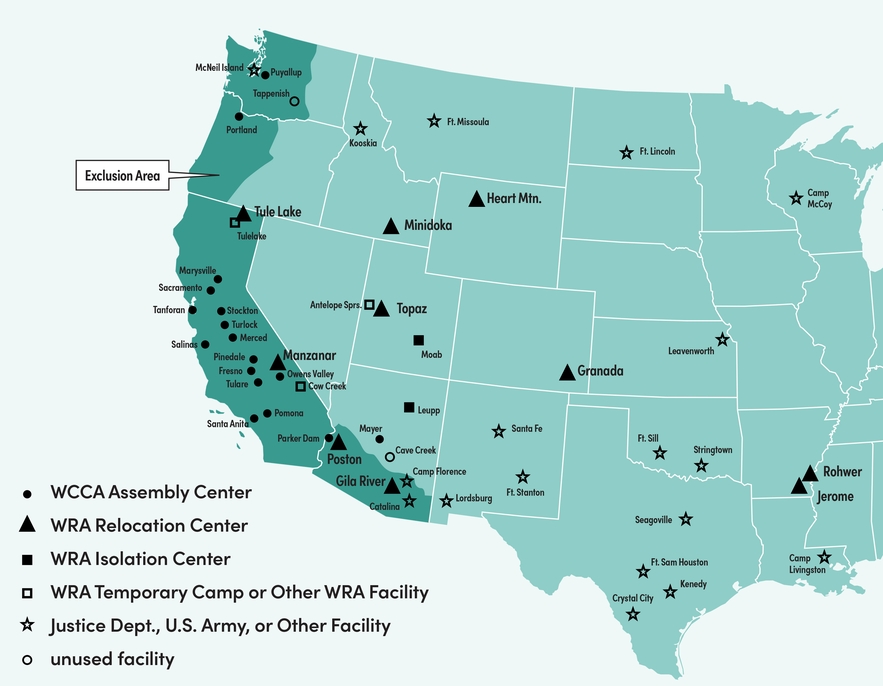CONCENTRATION CAMPS EXISTED LONG BEFORE HITLER CAME TO POWER
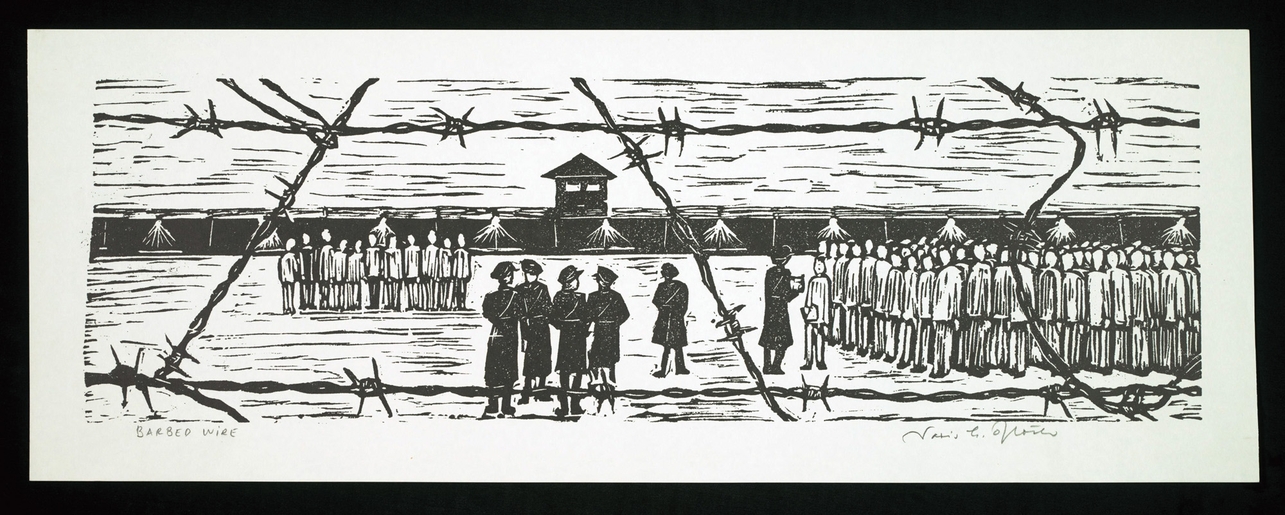
What is a concentration camp?
A concentration camp is a place where a large number of inmates, often those deemed political enemies or members of ethnic and religious minorities, are confined against their will and under guard, usually without having been charged with a crime. Punitive conditions of internment usually result in a high rate of mortality.
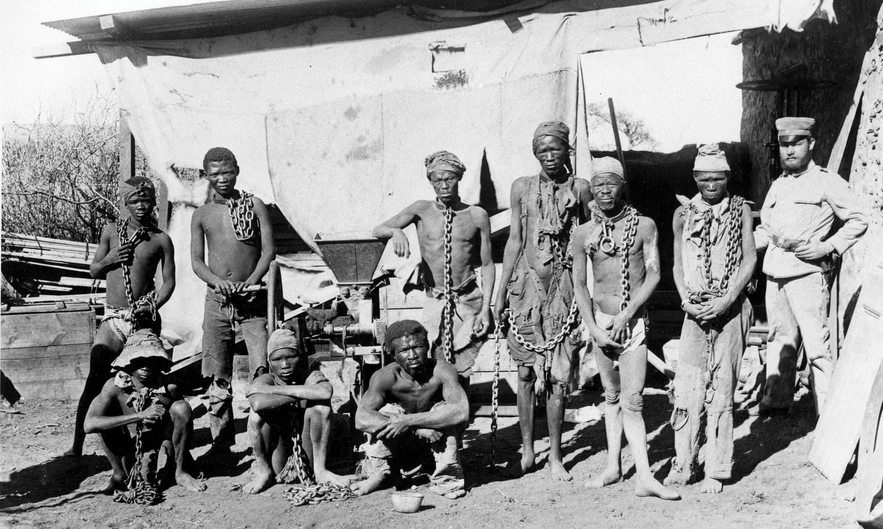
Before 1945
Concentration camps have been used by governments and militaries on almost every continent over the last three centuries. In 1838, the U.S. Army rounded up members of the Cherokee tribes from the southeast U.S., forcing them into prison camps before relocating them to Oklahoma. Many Native Americans died in these so-called “emigration depots” due to the rapid spread of disease in poor sanitary conditions.
The term reconcentrados (reconcentration camps) was used for the first time for camps created by the Spanish Army in Cuba during the Ten Years’ War (1868–1878). Camps were established again during the Philippine-American War (1899–1902). At the same time, on another continent, the British used similar camps as a punitive tool in the Second Boer War (1899–1902) in South Africa. British command rounded up Boer women and children, as well as other Africans, and interned them in 34 tented camps with poor living conditions and scarce food rations, leading to high death rates.
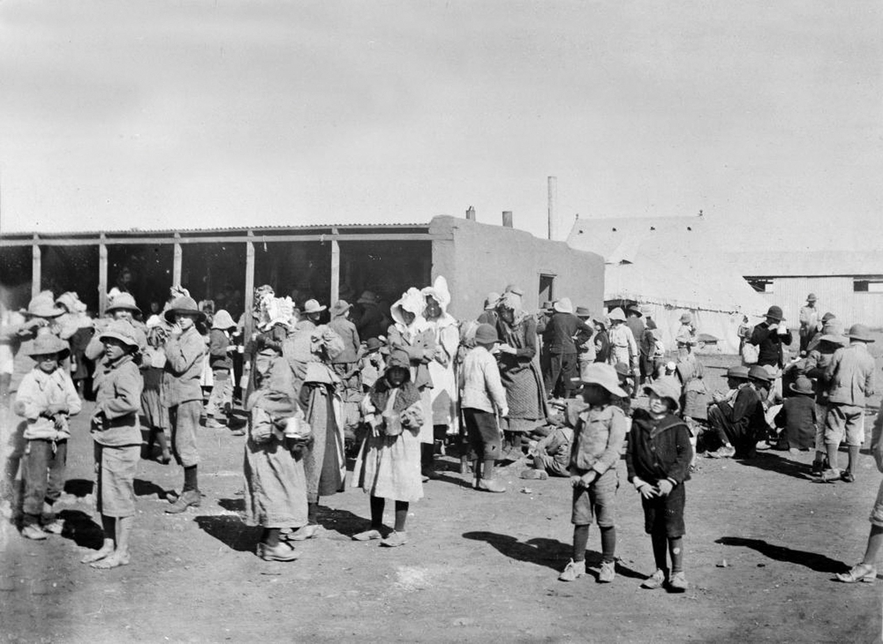
Only a few years later, Germany used concentration camps during the Herero and Nama War (1904–1908) in German South West Africa (today’s Namibia). In 1904, the German Army pushed the indigenous people to the desert. This move resulted in numerous deaths from starvation and dehydration. After that, the Germans imprisoned the surviving Herero and Nama in concentration camps where most of them died. Some scholars of genocide have advanced a “continuity thesis”, which holds that the genocide committed by the German Empire against indigenous people in Africa is an important antecedent for the Holocaust.
The so-called Gulags in the Soviet Union were perhaps the largest system of forced confinement, lasting from 1918 to 1991. The Soviet government primarily used this network of approximately 30,000 labor and internment camps to oppress its own citizens. Until the so-called “year of the thaw” in 1956, 14 million people were sent to Gulags, and up to 1.7 million inmates died there.
The Nazi regime set up its first concentration camp in Dachau in March 1933, barely two months after Hitler’s rise to power. Between 1933 and 1945, Germans built an extensive system of more than 44,000 camps and other incarceration sites (including ghettos), aiming to imprison and kill “enemies of the state”, which included Jews, Roma and Sinti, Jehovah’s Witnesses, German Communists, Socialists, and homosexuals.
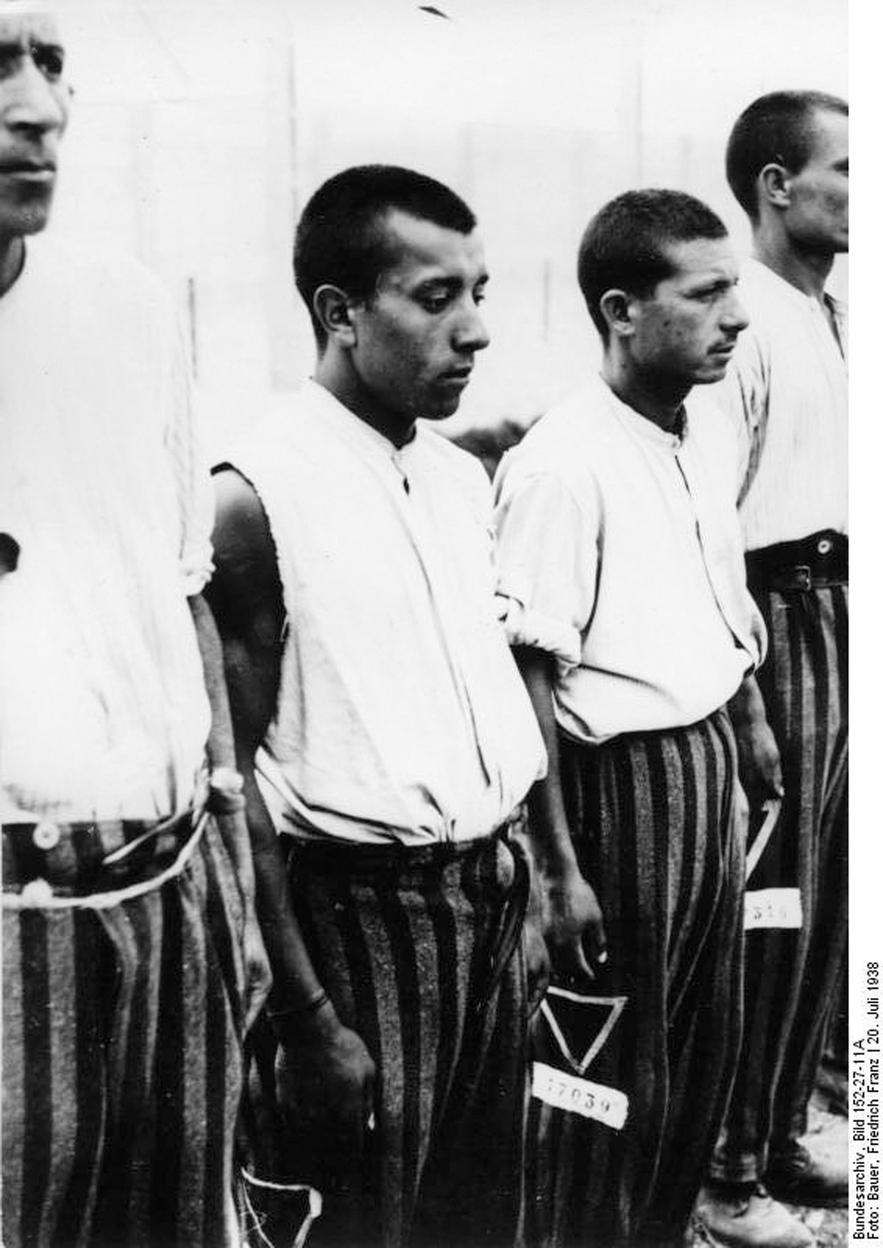
Camps established by the Nazi regime served different purposes, which included: concentration camps, forced-labor camps, transit camps, POW camps, and killing centers. In Auschwitz alone, the largest concentration camp and extermination center, the Nazis murdered 1.1 million men, women, and children. Ninety percent of them were Jews. In another camp, Theresienstadt, the Germans imprisoned over 140,000 Jews; most of them died either there or after deportations to the East.
Executive Order 9066, issued by President Franklin Roosevelt in February 1942, allowed military commanders to move approximately 100,000 Japanese immigrants and Americans of Japanese descent from their homes in Western coastal regions to guarded camps in Arkansas, Oregon, Washington, Wyoming, Colorado, and Arizona. Two-thirds of these inmates were American citizens. The rest had lived in the United States for decades.
After 1945
Concentration camps did not vanish with the end of World War II. After 1945, democratic countries and authoritarian regimes continued using camps for political and colonial purposes. The British Empire set up detention camps to crush the anti-colonial Mau Mau uprising in Kenya in the 1950s. In Chile, trying to eradicate Socialism, the dictator Augusto Pinochet created a system of concentration camps to imprison and torture about 80,000 dissidents and political opponents. One of the camps, the Pisagua internment camp in an isolated area of northern Chile, was created to detain homosexuals.
In January 2021, dozens of individual researchers and institutions working in the field of genocide studies and prevention signed an open letter protesting the arbitrary detention of between 1 and 1.8 million members of the Muslim Uighur minority in Chinese internment camps. They cited “a widespread program of political indoctrination, enforced disappearances, destruction of cultural sites, forced labor, disproportionate rates of prison incarceration, and coercive birth prevention campaigns and policies.” Former prisoners who managed to escape China have described sexual abuse, brutal interrogations, and constant electronic surveillance.
In 2021, the US government declared that Chinese treatment of Uighurs constituted genocide and imposed economic sanctions on China. As of 2022, it appears that the mass detention of Uighurs and other human rights violations continue.
